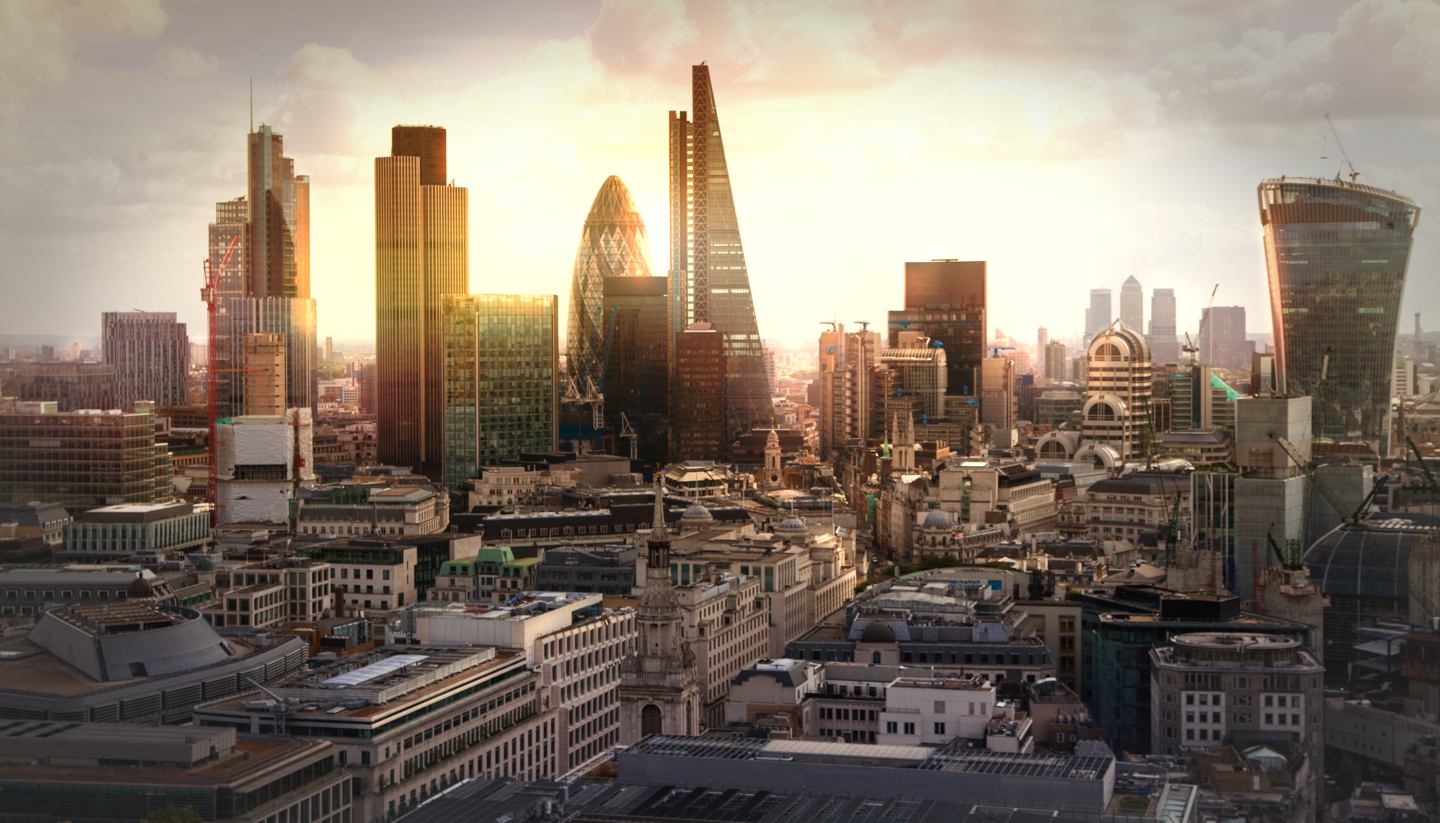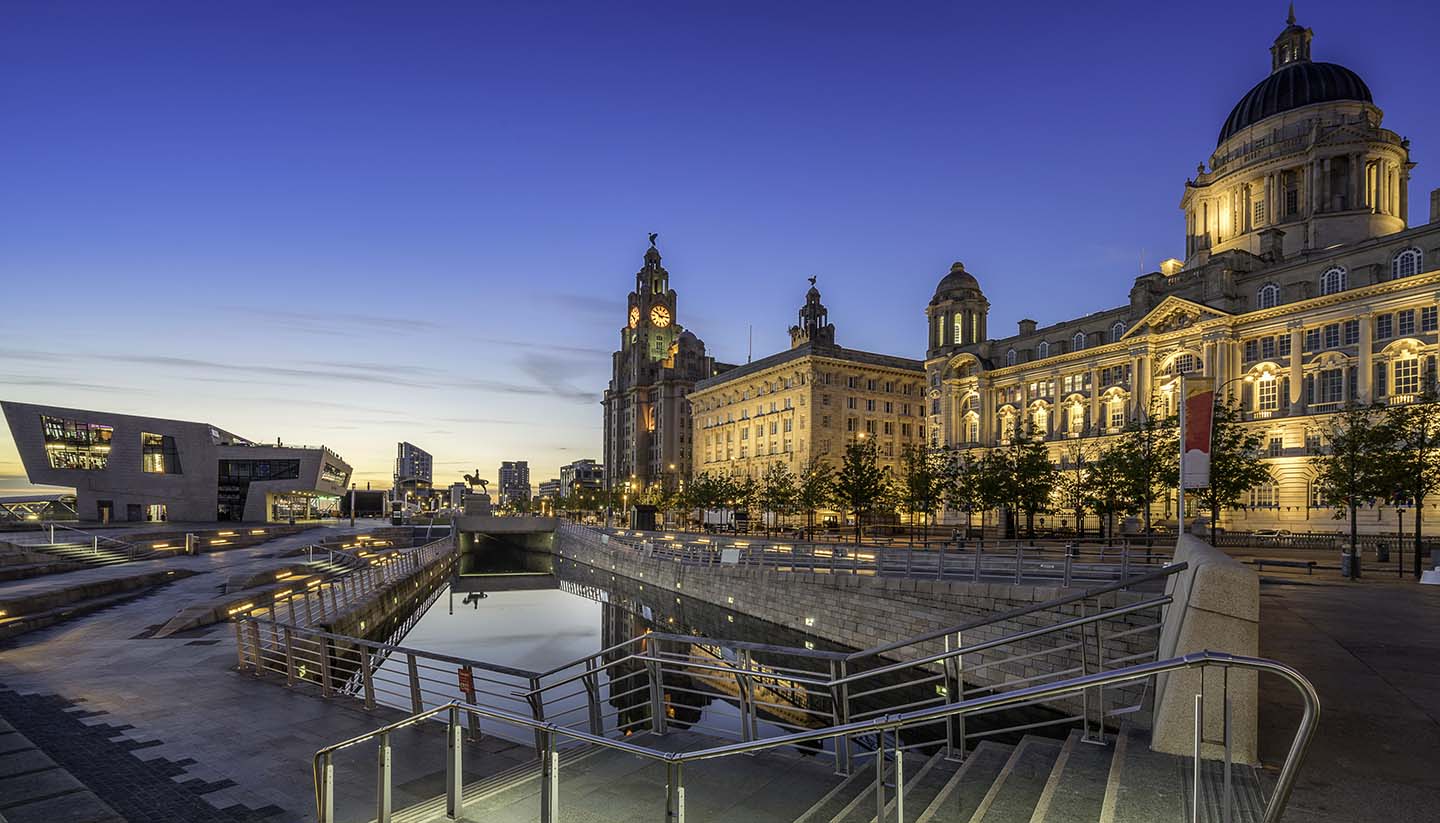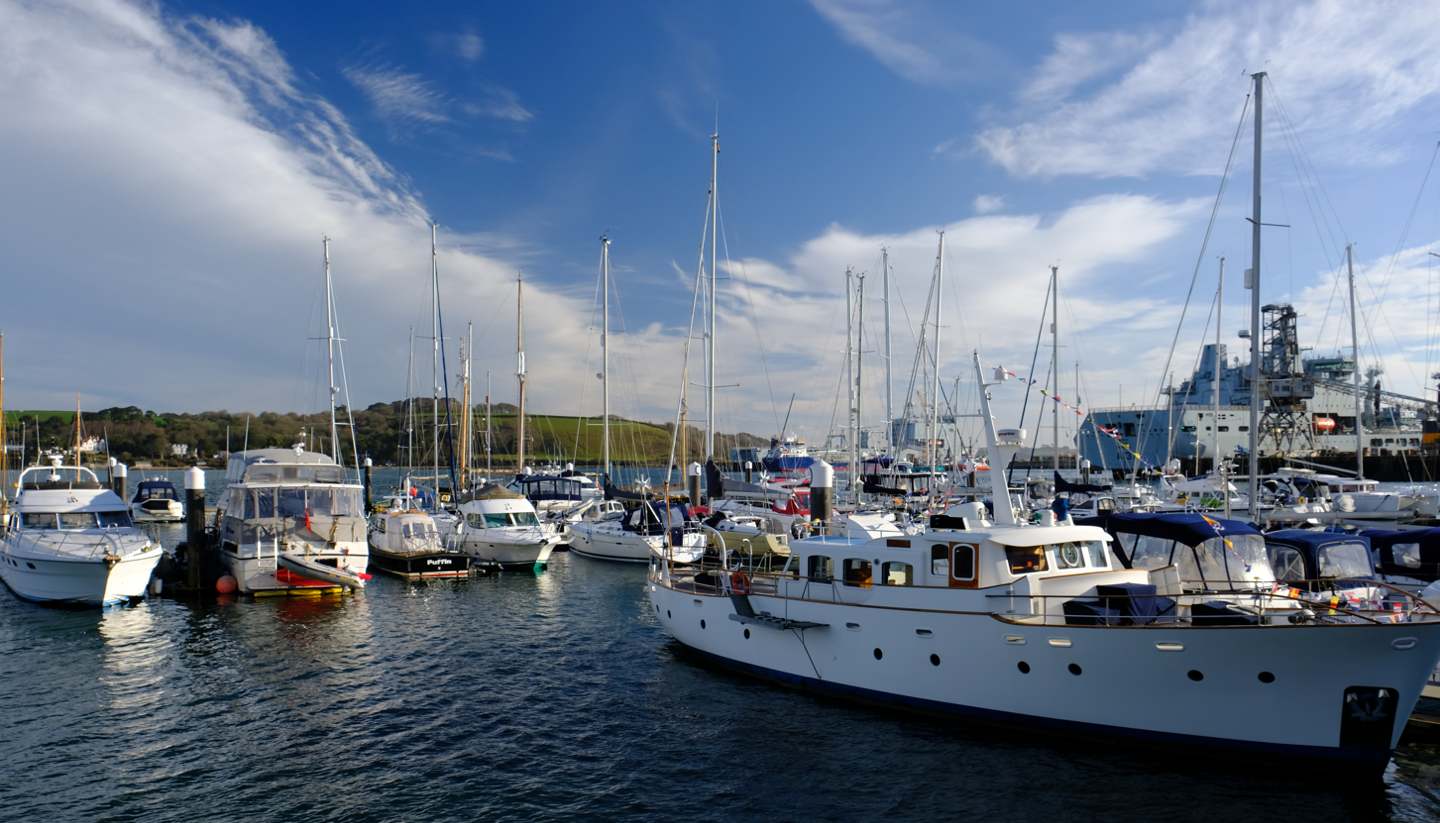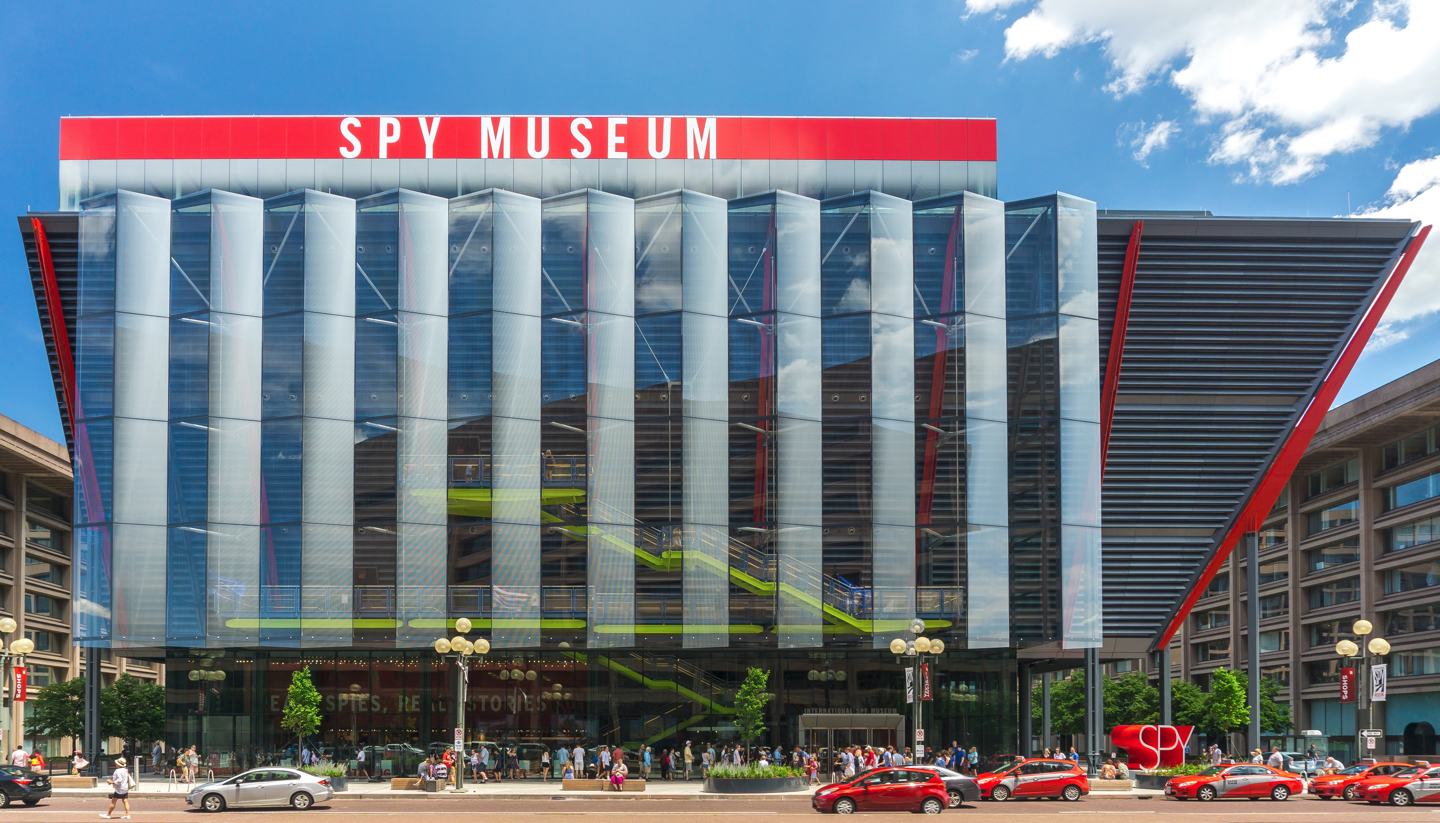Things to see and do in England
Attractions in England
Alton: ride the roller coasters
Located near the village of Alton in Staffordshire is Alton Towers, one of the UK's most popular theme park, attracting young and old alike with its vast selection of whizzing rides and flashing attractions. The park, which opened in 1980, also includes 200 acres (81 hectares) of landscaped gardens, live entertainment and the historic towers building which was the residence of the Talbot family (the Earls of Shrewsbury) until 1923.
Bath: stroll the beautiful Bath
Visit limestone-clad Bath and enjoy high-end boutiques and lovely restaurants before submerging yourself in the city's famous Roman baths. Perfectly preserved Georgian terraces embody a genteel reputation, with the Royal Crescent a must-see, while literary buffs will want to visit the Jane Austen Centre, a museum dedicated to Bath's most famous resident.
Blackpool: head for the bright lights
Blackpool has been attracting holiday visitors since 1735 when the city's first guesthouse opened. Today, the Blackpool Pleasure Beach amusement park draws in tourists of all tastes and ages with rides and rollercoasters. The 158m-tall (518ft) Blackpool Tower houses a ballroom, an aquarium and viewing deck and dominates the skyline along Blackpool's lively promenade.
Brighton: play on the pleasure pier
Shop around the bustling Laines in the bohemian seaside town of Brighton, before picking up some fish and chips and taking a long, shore-side stroll. Set in lavish gardens is the ornate former seaside home of George IV, Brighton's Royal Pavilion. On the beach Brighton Pier brims with life, while the burnt-out bones of the West Pier cut a forlorn figure.
Canterbury: wonder at the majestic Canterbury Cathedral
Canterbury Cathedral is a masterpiece of Romanesque and gothic architecture. Inside, visitors can see stained glass windows dating from the 12th century, the medieval tombs of King Henry IV and Edward the Black Prince, as well as those of numerous archbishops including Thomas Becket, who was murdered in the northwest transept in 1170.
Cornwall: walk the causeway to St Michael's Mount
Perched proudly on a rocky island, St Michael's Mount is one of Cornwall's best-known attractions. The monastery site dates back to as early as the 8th century, and legend claims it was constructed by a giant called Cormoran. The castle is open to the public year round and at low tide it's possible to walk the causeway to reach it. Check local tide times first.
Derbyshire Dales: experience the high life at Chatsworth House
Visit the opulent Chatsworth House, possibly England's finest country home. Set in the Peak District of Derbyshire, among sculptures, parks and woodland full of deer, this stately home was once used as a prison by Elizabeth I. The seat of the Duke of Devonshire, the house is an insight into British aristocracy through the ages.
Devon: delight in Devonshire cream tea
Clear the cobwebs on a blustery walk along the spectacularly rugged North Devon Coast and explore its spectacular castles and coves. If you are feeling brave enough, try a spot of surfing, before sating your appetite with a delicious Devonshire cream tea – a pot of tea drunk with a combination of scones, clotted cream and jam.
Lake District: stroll, swim and sail
The Lake District National Park in Cumbria is a popular tourist destination with numerous stunning walking trails. Spanning 18km (11 miles) in length and plunging to a depth of 66m (219ft), Lake Windermere is the largest lake in England and a hub for boating activities and water sports.
Liverpool: find the Fab Four and much more
Liverpool is a city transformed. Once the butt of Scouser jokes and stereotypes, it's now a flourishing cultural hub. The arrival of the Tate art gallery, the waterfront and Albert Dock regeneration and the Museum of Liverpool have reshaped the city's reputation. A must-see attraction is the Cavern Club where the Beatles first performed.
London: rove England's greatest city
Britain's capital is one of the world’s greatest. Visit a huge range of museums and galleries; melt the credit card in its shops and markets, and (over)indulge in a bounty of restaurants, bars, pubs and nightclubs. Look out over the city from the gigantic Shard building or spend an afternoon ogling the crown jewels in the Tower of London.
Maidstone: discover the illustrious past of Leeds Castle
Located in Mainstone, Kent (rather than the northern city it shares a name with), Leeds Castle is built on two islands in a lake. Over the centuries, six medieval queens and Henry VIII have called the castle home. Famed for its aviary, which includes black swans, the castle features fine art and tapestries as well as a maze, vineyard and Culpeper Garden outside.
Oxford: study the sights
Oxford is one of the most important seats of learning in England, and Oxford University is the oldest university in the English-speaking world, having existed since the 11th century. The vast student population ensures Oxford maintains an impressive nightlife scene and is full of cosmopolitan zeal.
Poole: learn the harbour's pirate past
Poole Harbour is a vibrant quay on England's southern coast that bustles with an array of bars, cafes and restaurants. Follow the Cockle Trail to discover myths and legends about Poole's smugglers and ghosts of yesteryear, culminating at the Waterfront Museum. Adventure-seekers can try watersports in and around the harbour or take a ferry to the National Trust's Brownsea Island.
Southwold: see a traditional British seaside town
Situated on the north Suffolk coastline, Southwold is a traditional seaside town that forms part of the Suffolk Heritage Coast. With its brightly painted beach huts, working lighthouse, harbour and bustling fish markets, Southwold is a quintessential English resort town of yesteryear without the brashness of a pleasure beach.
Stonehenge: a world famous prehistoric monument
Erected between 3000 and 1600 BCE, Stonehenge is a giant stone circle that stands on Salisbury Plain and is one of the most famous surviving sites from the ancient world. Marvel at the stones and the ingenuity of the construction; the interactive visitor centre has various theories about how the structure came to be and houses over 250 prehistoric treasures.
Stratford-upon-Avon: see some Shakespeare
Catch a performance by the Royal Shakespeare Company at the Royal Shakespeare Theatre in Stratford-upon-Avon, the birthplace of William Shakespeare. Set on the banks of the River Avon, Stratford makes a delightfully picturesque setting for numerous festivals and events over the year, including a literary festival in April and a river festival in July.
Warwick: re-live history at Warwick Castle
Imagine life in the imposing Warwick Castle, first built by William the Conqueror in 1068, it is one of the best-preserved castles in England. See the castle come to life with mediaeval re-enactments, tours of the dungeons, and interactive experiences such as 'Dragon Slayer'.
Windsor: visit royalty at Windsor Castle
Windsor Castle is one of the homes of Queen Elizabeth II and is the largest and oldest occupied castle in the world. Painstakingly restored after severe fire damage, the castle has been continuously inhabited by Britain's monarchs since its construction by William I. The remains of numerous British sovereigns lie here too including Henry VIII, Charles I and George V.
York: admire architecture and art
With its medieval architecture, magnificent minster (northern Europe's largest church) and ancient city walls, York demands a stop on any English itinerary. York Museum will reveal the city's Viking past, while the surrounding countryside and smaller towns offer a burgeoning cultural scene, spurred by the Hepworth Wakefield gallery in Wakefield and Yorkshire Sculpture Park nearby.
Tourist offices
VisitEngland
Address: 1 Victoria Street, London, SW1H 0ETTelephone: +44 20 7578 1400.
Website: http://www.visitengland.com





